Help me- Hydrangeas do not like me!
crzybusy
17 years ago
Related Stories

LIFEYou Said It: ‘They Looked at Me Like I Had 10 Heads’
Design advice, inspiration and observations that struck a chord
Full Story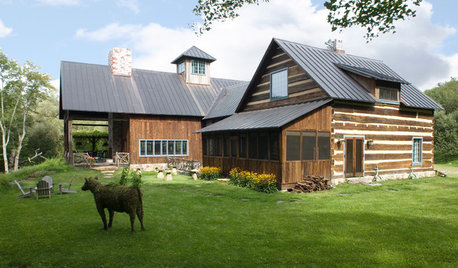
LIFEThe Polite House: Do I Have to Display Decor Given to Me as a Gift?
Etiquette columnist Lizzie Post tackles the challenge of accepting and displaying home decor gifts from frequent visitors
Full Story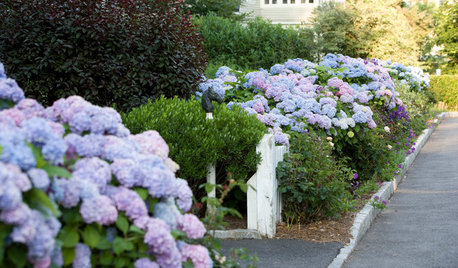
FLOWERSWhy You Should Give Hydrangeas a Place in Your Yard
The exuberant mop-headed beauties evoke dreams of an endless summer by the sea
Full Story
FALL GARDENINGWhat Monarch Butterflies Taught Me About Garden Design
Thinking like a butterfly leads to fresh perspectives in the garden and in life
Full Story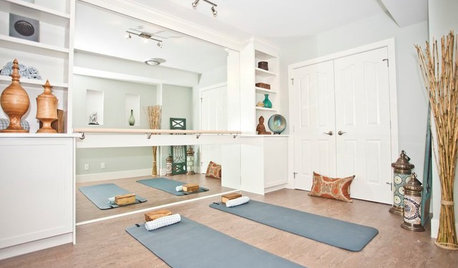
FUN HOUZZHouzz Quiz: How to Find Your ‘Me Time’ Place
Looking for the best place in your house to soothe away your stress? We’re here to help
Full Story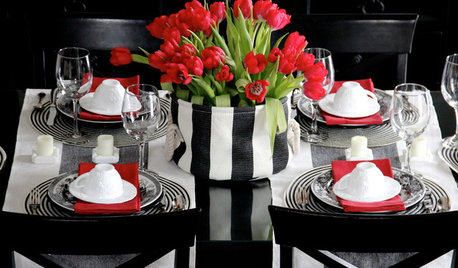
ENTERTAININGGot Hand-Me-Down Dinnerware? Make a Memorable Meal
They might be mismatched and not your style, but those inherited plates and forks can help bring meaning to your table
Full Story
DECORATING GUIDESHouzz Call: What Home Collections Help You Feel Like a Kid Again?
Whether candy dispensers bring back sweet memories or toys take you back to childhood, we'd like to see your youthful collections
Full Story
COFFEE WITH AN ARCHITECTMike Brady Lied to Me
Why "The Brady Bunch" is a terrible guide for the architectural profession
Full Story






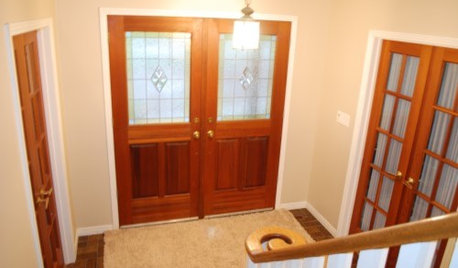
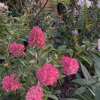
Chemocurl zn5b/6a Indiana
gardengal48 (PNW Z8/9)
Related Professionals
Lake Oswego Landscape Architects & Landscape Designers · Arden-Arcade Landscape Contractors · Broomfield Landscape Contractors · Cupertino Landscape Contractors · Galveston Landscape Contractors · Huntington Landscape Contractors · Long Branch Landscape Contractors · Mashpee Landscape Contractors · North Lauderdale Landscape Contractors · Pompano Beach Landscape Contractors · Round Lake Landscape Contractors · Seymour Landscape Contractors · Wilton Landscape Contractors · Agoura Siding & Exteriors · Mitchellville Siding & ExteriorscrzybusyOriginal Author
Chemocurl zn5b/6a Indiana
Chemocurl zn5b/6a Indiana
Jen26
rchlyblsd